Biography: French poet, novelist and storyteller, Pierre Louÿs — pseudonym of Pierre-Félix Louis — was born in Ghent (Belgium) on December 10, 1870.
His father, Pierre-Philippe Louis (1812-1888), a lawyer in Dizy, near Épernay, was the grandson of Baron Louis, a high official of the Empire, then peer of France. From a first marriage, with a young lady Blanchin, he had a son, Georges, future ambassador to Saint-Petersburg (1847-1917). His second wife, Claire-Céline Maldan, who died in 1879, bore him two sons: Paul, who died in 1884, and Pierre, whose education was entrusted to his half-brother, who was twenty-three years older. Pierre Louÿs’ mother is the granddaughter of Louise Junot, sister of the Duke of Abrantès, and of Doctor Sabatier, Napoleon’s doctor and co-founder of the Institute.
After having followed up to rhetoric the courses of the Alsatian School, Pierre Louÿs enters philosophy at the Janson-de-Sailly high school, where he has for classmates Maurice Legrand (future Franc-Nohain) and Marcel Drouin (future brother-in-law by André Gide ). He became friends with André Gide, then a student at the Lycée Henri-IV.
He covers school notebooks with stanzas laden with a very naive romanticism. Then his originality begins to manifest itself after having met Paul Valéry in Palavas, at the celebrations of the sixth centenary of the University of Montpellier. He did a lot for the beginnings of this other poet, who remained his dearest and most faithful friend. La Conque , a luxury magazine, was largely founded for the pleasure and honor of printing the first poems of this one, alongside his own, which he grouped together two years later under the title of Astarté .
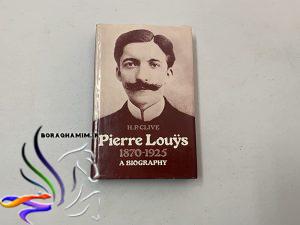
In 1890, Louÿs was introduced to Stéphane Mallarmé , then to José-Maria de Heredia. His first verses of some value, L’Effloraison , were published in La Revue d’Aujourd’hui edited by Rodolphe Darzens.
On his return from a trip to Bayreuth and a pilgrimage to the Grande-Chartreuse, Pierre Louÿs really got involved in the symbolist milieu, both Belgian and French, collaborated with La Wallonie founded by Albert Mockel, with La Revue blanche , with the Mercure de France et au Centaure , the fine publication of Henri Albert, who inserted his magnificent sonnets from the Hamadryades alongside La Soirée avec M. Teste (1890-1896).
From 1892, Louÿs began to write in prose, with a translation of the Poésies de Méléagre , the lyrical stories of Léda , Ariane , La Maison sur le Nil , and finally the extraordinary Chansons de Bilitis , one of his masterpieces. work and one of the happiest specimens of prose poems ever conceived in the French language.
During a stay in London in the company of Oscar Wilde , whose Salomé he corrected , written directly in French, he drew the first draft, in verse, of Aphrodite , the novel which would consecrate his reputation, and whose first chapter , the following year, the subject of a brochure entitled Chrysis ou la Cérémonie matinale . Completed at Lapras, by A.-Ferdinand Hérold, Aphrodite first appeared in the Mercure de France , under the title L’Esclavage . Then Alfred Vallette agrees to publish it on his own account. But a dithyrambic article in the Journal, signed by François Coppée (to whom Georges Louis, worried about his brother’s daring, reported it) suddenly made a fortune for this novel of “ancient manners”, frivolous and libidinous in appearance, and which in reality paints the torment , the irremediable drama of an adolescence spent in search of true love. This love, Pierre Louÿs has been experiencing, for three years, the hitherto triumphant and hopeful experience. This very high and long shared passion ended in 1898 with the stanzas of L’Apogée , later incorporated into the Pervigilium Mortis and then into the posthumous novel of Psyche .
That same year 1898 saw the appearance of a second story, La Femme et le Pantin , more powerful and more direct than Aphrodite , but which only confirmed its pessimism: a new Carmen , less bitter and devoid of dryness. Should we attribute both to the unforeseen explosion of Aphrodite and to the failure of the only love of her life the sudden sterility with which such a precocious creator was struck before his thirty-fifth year? It is not that the few other works which succeeded one another from 1899 to 1906 were at all negligible: thus the savory or profound pages of the Adventures of King Pausole , of Byblis , of L’Homme de Pourpre , ofSanguines and d’ Archipel , friends the fact is that from this last date, one of the most vast and fertile minds of his time manifests itself hardly except by works of erudition and exegesis, of which he does not brings to light only fragments, and through exchanges of correspondence with Georges Louis and a few friends who remained trustworthy and generous: Paul Valéry (who was then writing La Jeune Parque ), André Lebey, Gilbert de Voisins, Claude Debussy (who had once executed the act I of Pelléas at home), Claude Farrère, Fernand Gregh…
From 1914, Pierre Louÿs, separated from his wife Louise de Heredia, married in 1899, retired to the solitude of the hamlet of Boulainvilliers. He lived there for ten years in meditation. One night in November 1916, he found, in a drawer that had remained closed since 1899, a forgotten draft of the Pervigilium Mortis . It was then that he finalized his great poem, at the same time as he composed Islhi and Poétique . But soon his health, which had already suffered the onslaught of poor hygiene, insomnia and excessive reading, declined to paralysis and semi-blindness.
Pierre Louÿs died in Paris on June 6, 1925, at the age of 54.
end/
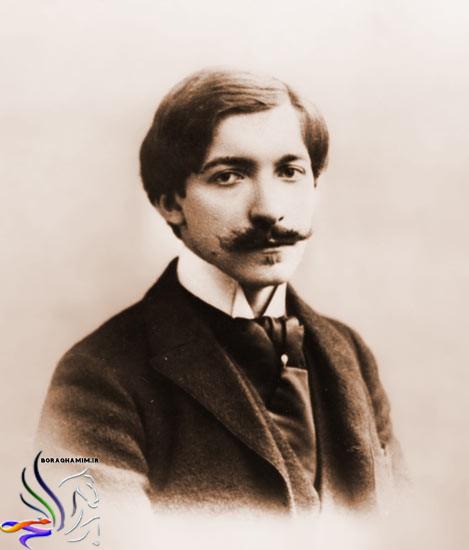

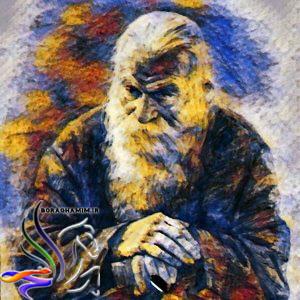
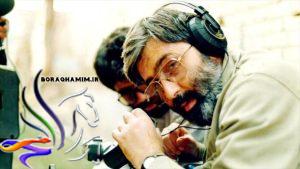
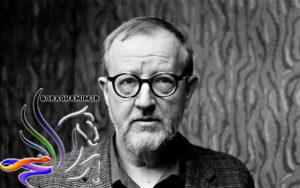

More Stories
the Master of Speech Facing the Mongols
Attar of Nishapuri
Seyyed Morteza Avini: A Revolutionary Artist, Writer, and Thinker